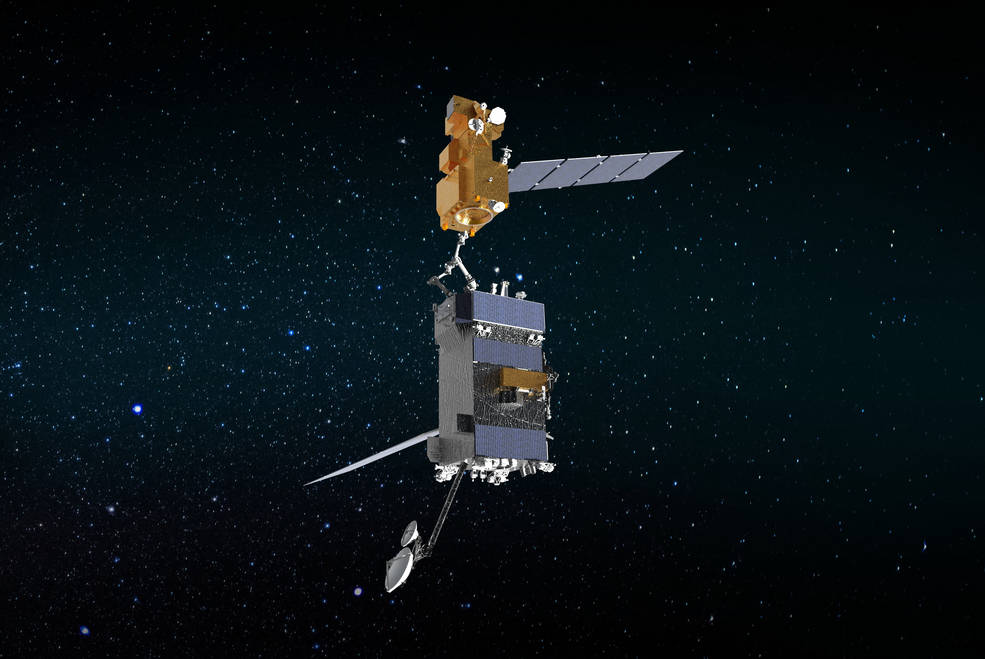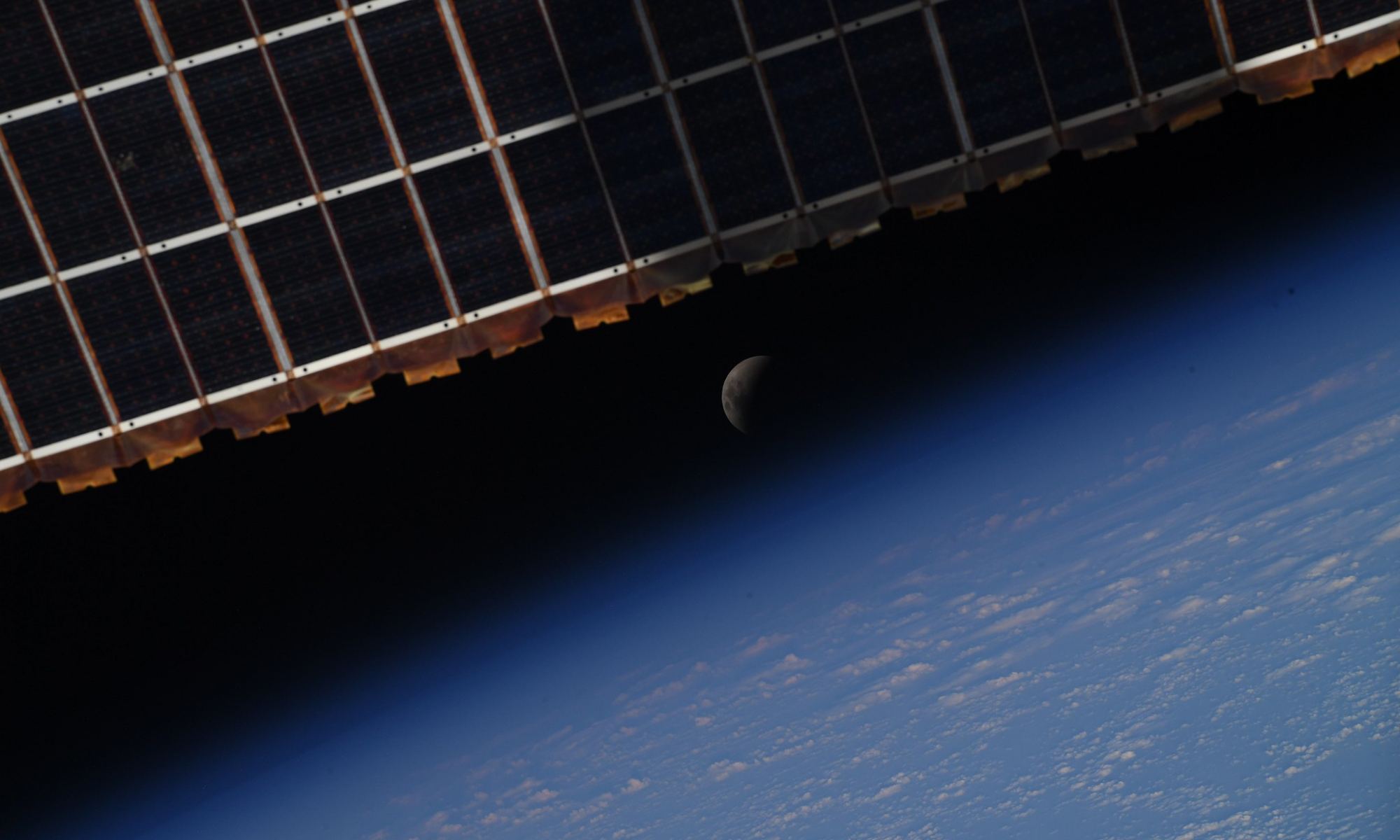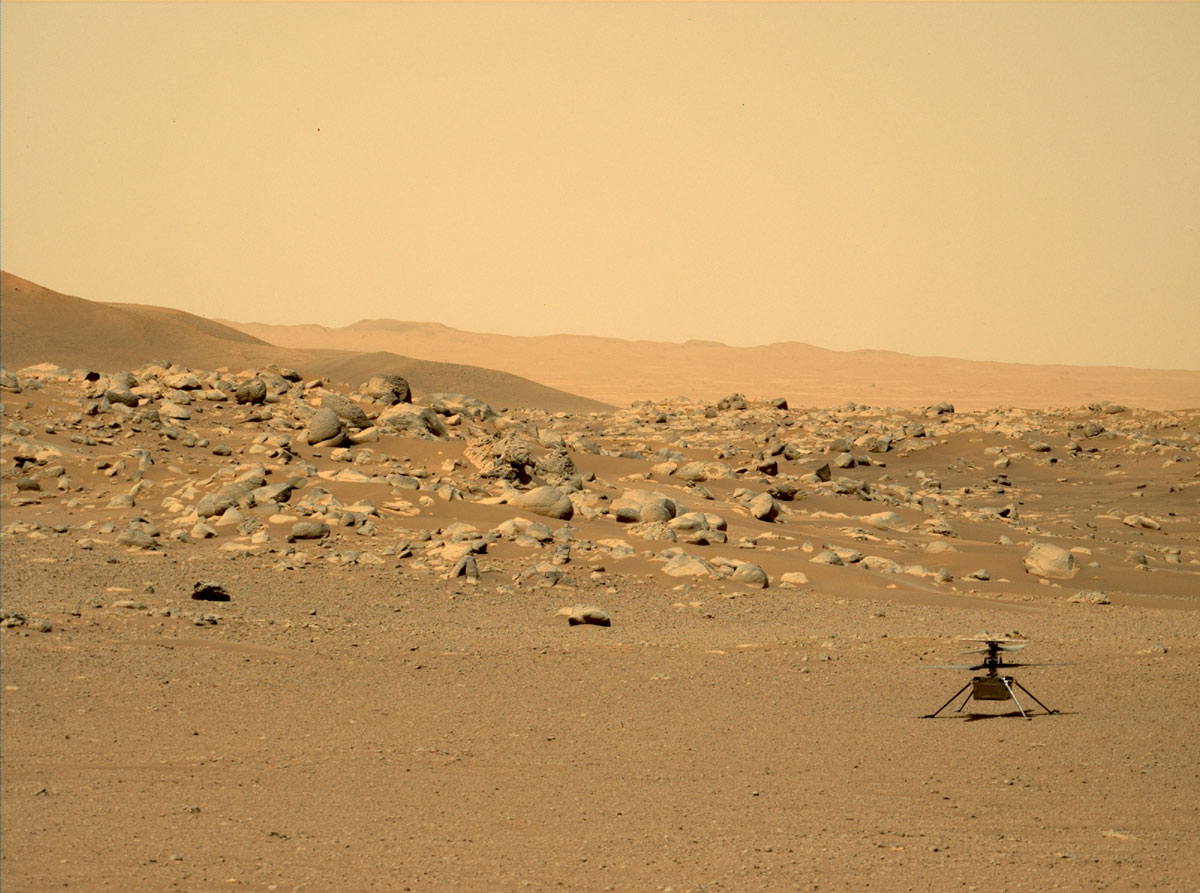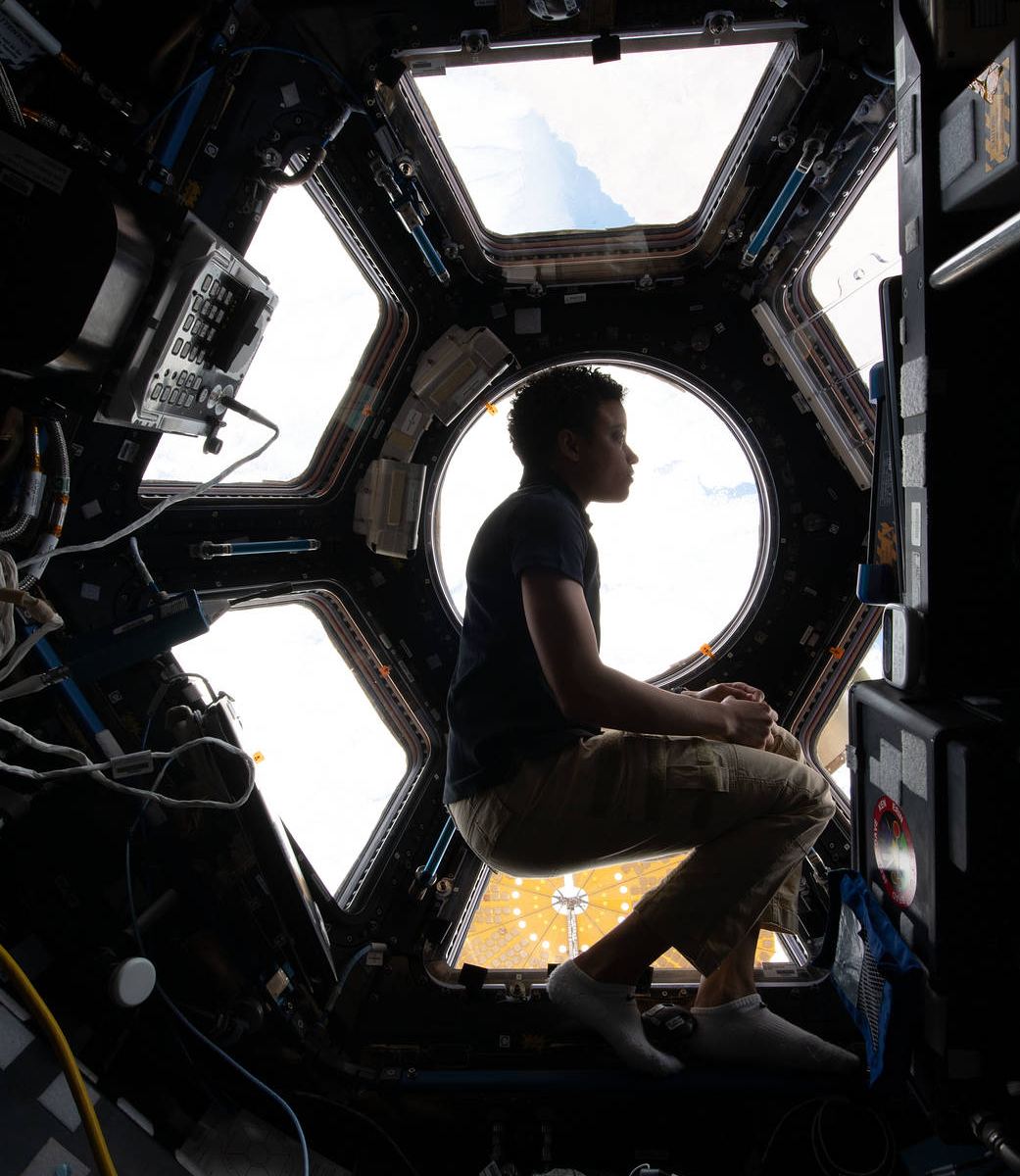Here’s Hubble doing what Hubble does best.
Some of the Hubble Space Telescope’s most famous and stunning images are of distant galaxies, and this one is drop-dead gorgeous too.
Continue reading “Gaze Into the Heart of a Grand Spiral Galaxy”
Here’s Hubble doing what Hubble does best.
Some of the Hubble Space Telescope’s most famous and stunning images are of distant galaxies, and this one is drop-dead gorgeous too.
Continue reading “Gaze Into the Heart of a Grand Spiral Galaxy”
NASA is planning a mission to demonstrate the ability to repair and upgrade satellites in Earth orbit. The mission, called OSAM-1 (On-orbit Servicing, Assembly, and Manufacturing-1), will send a robotic spacecraft equipped with robotic arms and all the tools and equipment needed to fix, refuel or extend satellites’ lifespans, even if those satellites were not designed to be serviced on orbit.
Continue reading “NASA is Building a Mission That Will Refuel and Repair Satellites in Orbit”
If you were able to witness the lunar eclipse on May 15-16, 2022, the view of the dark red Moon was stunning. But what would such an eclipse look like from space?
Wonder no longer. ESA/Italian astronaut Samantha Cristoforetti captured a series of photos of the lunar eclipse from her unique vantage point aboard the International Space Station (ISS).
Continue reading “The Lunar Eclipse, Seen From the International Space Station”
The InSight Mars lander will cease science operations sometime in the next few months due to a decreasing power supply, mission managers said at a news conference on May 17. Martian dust covering the solar panels has reduced the amount of power to roughly 500 watt-hours per Mars day or sol. When InSight landed in November of 2018, the solar panels produced around 5,000 watt-hours each sol.
“At the end of the calendar year, we do anticipate having to conclude all InSight operations,” said Kathya Zamora Garcia, InSight’s deputy project manager said at the briefing, “not because we want to turn it off but unfortunately we don’t have the energy to run it.”
Continue reading “InSight is Losing Power, it Probably Will be Shut Down in a Few Months”On July 7, 2020, the X-ray instrument eROSITA captured an astronomical event that – until then – had only been theorized and never seen. It saw the detonation of a nova on a white dwarf star, which produced a so-called fireball explosion of X-rays.
“It was to some extent a fortunate coincidence, really,” said Ole König from Friedrich-Alexander-Universität Erlangen-Nürnberg (FAU), who led the team of scientists who have published a new paper on the discovery. “These X-ray flashes last only a few hours and are almost impossible to predict, but the observational instrument must be pointed directly at the explosion at exactly the right time.”
Continue reading “Astronomers Finally Catch a Nova Detonating on a White Dwarf as it's Happening”
Like every solar-panel-powered vehicle on Mars, maintaining electrical power always becomes an issue at some point in the mission. Last week, mission controllers at the Jet Propulsion Laboratory lost contact with the Ingenuity Mars Helicopter. While they were able to re-establish communications, which is done through the Perseverance rover, engineers know that keeping Ingenuity’s batteries charged is going to be increasingly difficult as the dark winter is on the way to Jezero Crater.
Continue reading “Martian Dust is Starting to Darken Ingenuity’s Solar Panels”
NASA astronaut Jessica Watkins is seen here floating above Earth in the International Space Station’s cupola, which provides a spectacular viewing spot for those who live and work on the space station.
Continue reading “Astronaut Jessica Watkins Floats Above the Earth in the Space Station’s Cupola”
The James Webb Space Telescope is now in the final phase of commissioning as it readies for science observations. Of the more than 1,000 milestones the observatory has needed to reach since launch to become fully operational, the team said today they are down to about two hundred activities to go. But those 200 are all part of the final phase of commissioning the instruments.
“I call it the home stretch,” said Michael McElwain, Webb observatory project scientist in a media briefing on May 9. “There are 17 scientific modes we need to bring online in the next two months, and we need to demonstrate the telescope’s operational capabilities before we are ready to turn the science instruments loose on the Universe.”
Continue reading “Webb is Almost Ready. There’s One Last Thing To Do”Changes are always taking place on Mars, from factors like seasonal variations and wind. But there’s one other aspect that changes the surface of Mar quite often: impacts.
Here’s a new impact crater that was seen by the Mars Reconnaissance Orbiter. Exactly when the crater formed is not known, but this image was taken on July 24, 2020 and in a previous image of this site taken in 2018, the crater is not there.
Continue reading “This Crater on Mars is Just a Couple of Years Old”For decades, scientists have observed dark landslides called slope streaks on Mars. First seen by the Viking orbiters in the 1970s, every orbiter mission since has observed them, but the mechanism behind the slope streaks has been hotly debated: could they be caused by water activity on the Red Planet, or are they the result of some sort of dry mechanics?
Turns out, the leading candidate is “dry.” But scientists with the Mars Odyssey mission have verified an additional culprit behind the slope streaks: carbon dioxide frost.
Continue reading “This is a Dust Avalanche on Mars”